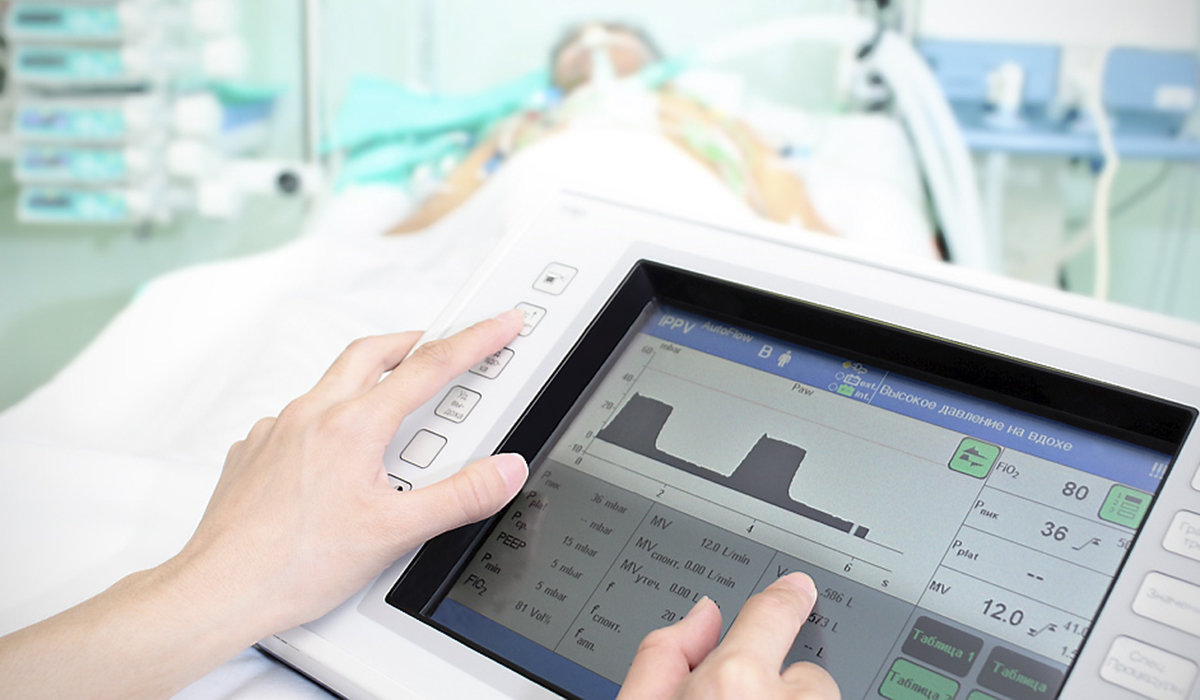The introduction of the laser and ink-jet printers changed the way how computer users transferred images unto physical media.
Prior to their introduction, thermal printers that used specialised thermal paper which were quite expensive during the 80’s and 90s and used extensively for fax machines thermal printers were rudimentary devices in most modern offices to an extent that enterprises that did not have these printers were regarded as ‘not up to par’ especially among small businesses.
Despite the introduction of a wide array of printing devices, thermal printers have managed to hold on to a significant portion of the ‘print market share’ as they are considered to be cost effective printing methods for a variety of businesses which include POS (Point of Sale) systems at retail stores, ATM machines or even utility bills.
Thermal printers are still considered to be popular across the globe for printing proof of purchases at the point of sale, however, thermal printers have not been spared from competition which stems from the long standing dot matrix printers that are still widely use in basically the same market demand sphere only to extend a bit further in terms of its value proposition as the dot matrix printouts are robust and last for years whereas thermal printouts tend to fade over time if not stored properly (even then they still fade eventually).
As a matter of fact, the dot matrix printer has become a serious threat to the thermal printer’s market share due to a variety of reasons which include the chemical compound found in certain thermal paper that easily transfers through the skin, the fading of the receipt paper rolls as well as the cost of the paper itself could vary significantly depending on the supplier and quality.
Over the last few years the dot matrix market share has been gradually increasing again as printing huge volume of invoices, purchase orders, purchase lists and documentation using laser printers or ink jet printers are not only cumbersome at times as these printers run out of ink fairly quickly, but also cost ineffective, whereas the dot matrix is capable of printing anywhere between 4 times to times the volume of laser or inkjet printers for a fraction of the cost.
Added to that, the dot matrix also provides users to use 2 ply or 3 ply carbon paper that allow users to make instant carbon copies of their printouts which makes interdepartmental sharing of documents easy and quick.
However, thermal printers have an entirely different value proposition as they are relatively quiet and substantially faster than the dot matrix which makes thermal paper rolls and thermal eftpos paper rolls the preferred choices at retail stores and ATM machines, which assists to reduce the growth of long customer queues.
The thermal paper rolls that thermal printers use are also practical in terms of performance as these machines do not have issues with papers jamming or the printers running out of ink as well as incurring ink costs that are associated with most other printers including the dot matrix.



